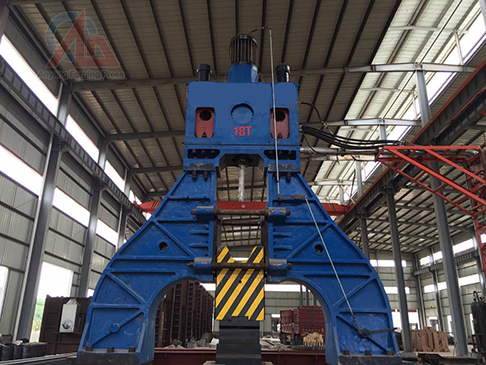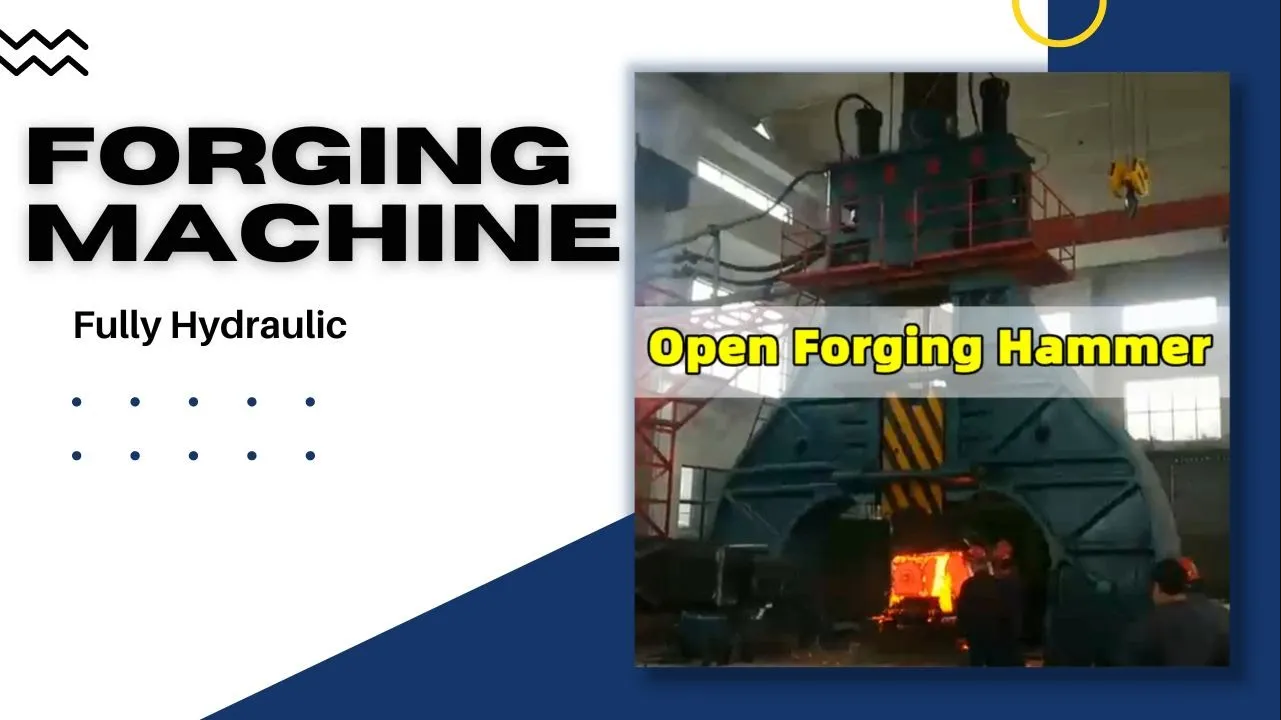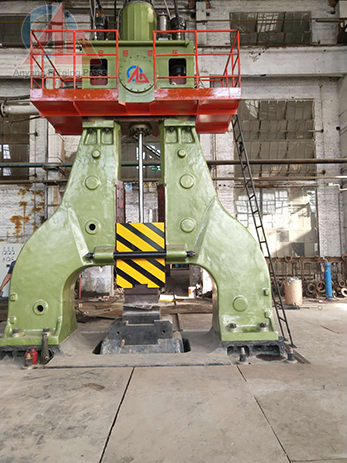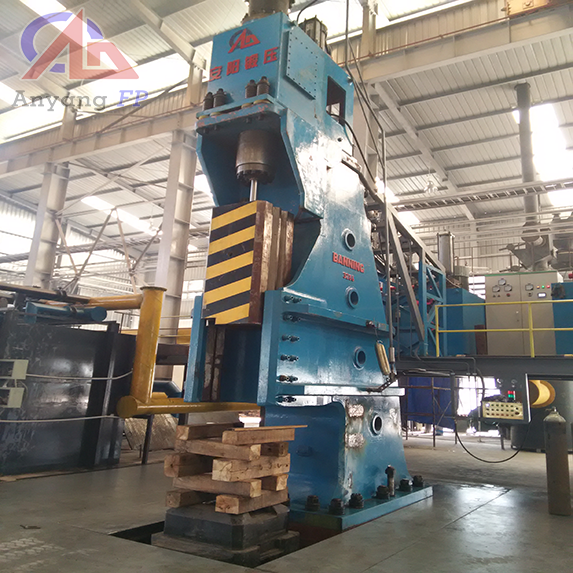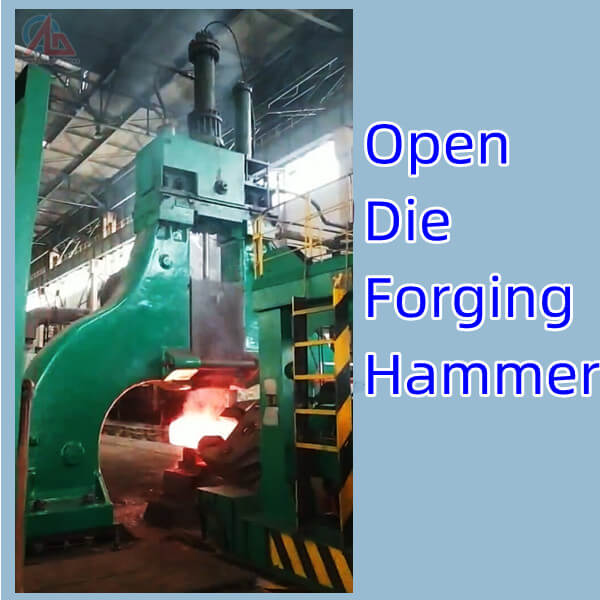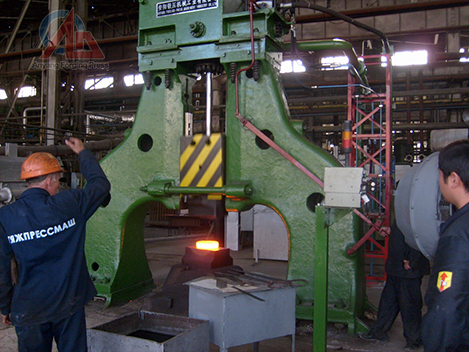The forging process of the C66Y Series Full Hydraulic Forging Hammer is a forging technology that uses hydraulics as the main power source and combines electrical control. It is widely used in the metal processing and forging industries. The following are some basic steps and key points of the process:
1. Preparation
Material selection: Select metal materials suitable for forging, usually including steel, aluminum, copper, etc.
Equipment preparation: Ensure that all components of the full hydraulic electro-hydraulic hammer work properly, including the hydraulic system, electrical control system and hammer head.
2. Heating materials
Heating method: Heat the metal material to the forging temperature, usually using equipment such as electric furnaces, gas furnaces or induction heaters.
Temperature control: Ensure that the material reaches a uniform forging temperature and avoids overheating or local overheating.
3. Forging process
Placing materials: Place the heated metal material on the forging die.
Starting equipment: Start the hydraulic pump through the electro-hydraulic control system to generate high-pressure oil to drive the hammer head for forging.
Hammering: The hydraulic hammer forges the material at a fixed frequency and energy, and can quickly achieve the desired shape and performance.
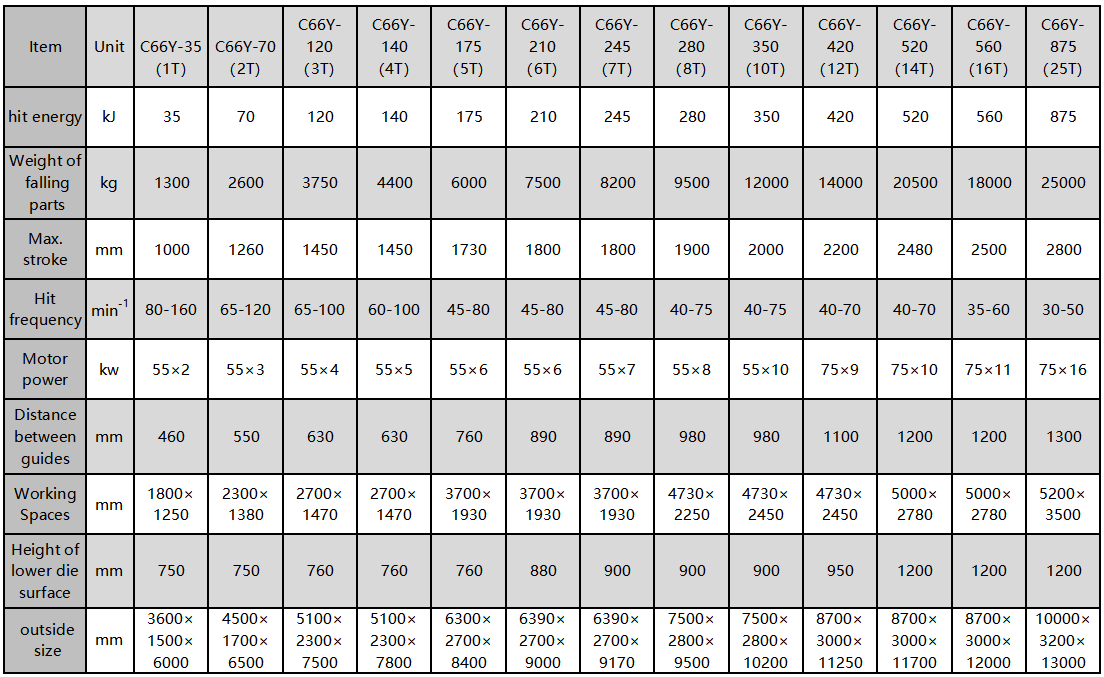
4. Deformation process
Mold design: The mold design needs to be precise to ensure the shape and size of the forging.
Multiple forging: Depending on the needs, multiple forgings may be required to achieve the desired microstructure and mechanical properties.
5. Cooling treatment
Cooling method: After forging, an appropriate cooling method (natural cooling, oil cooling, etc.) should be selected to avoid material cracking.
Post-treatment: Depending on the state of the material after forging, subsequent processes such as heat treatment (quenching, tempering) may be required.
6. Inspection and quality control
Dimension measurement: Measure the size and geometry of the forging to ensure that it meets the design requirements.
Mechanical property testing: Conduct tensile, impact and other tests to evaluate the mechanical properties of the forging.
Surface treatment: Clean and surface treat the forging to improve corrosion resistance and aesthetics.
felicia@anyanghammer.com
WhatsApp/WeChat: +86-16692292870
This is my contact information. If you have any other questions or do not receive the quotation in time, you can contact me.





